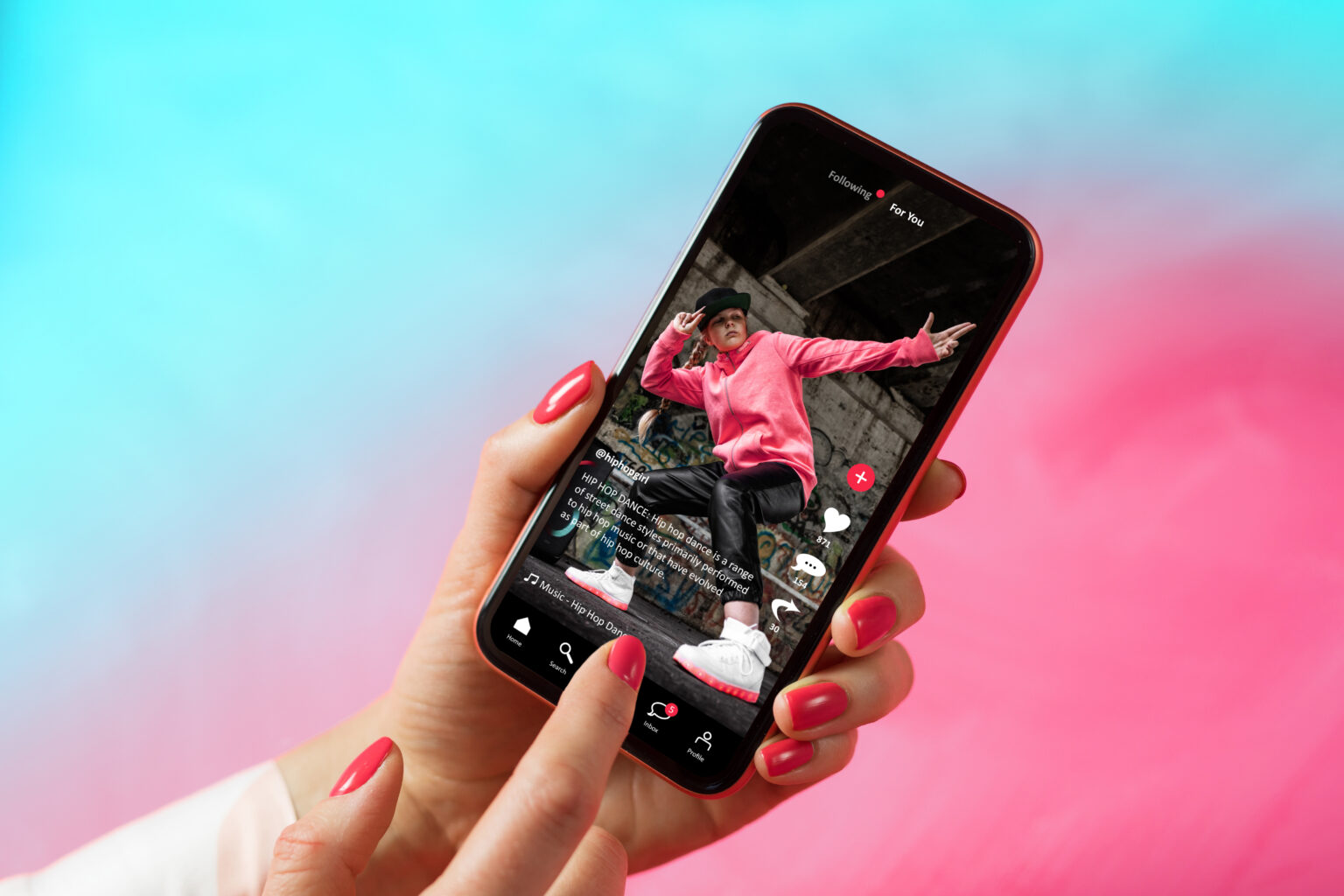In case you haven’t noticed, short-form videos have taken over the social media landscape. At least 68% of marketers who don’t currently publish video content plan to implement more into their strategies in 2024, and 88% of video marketers see this content as a crucial part of their marketing strategy. An internal short-form video guide is essential to the content development process.
While all video posts have the potential to secure that desired loyal audience, short videos are the sweet spot for most brands. Short-form videos last about 60-90 seconds long. They are easy for users to share, quick to digest, and give readers an endless stream of entertaining posts to binge.
Implementing short-form video content into your marketing strategy as a publisher has many benefits. In this article, we’ll delve into the significance of short-form videos and why they continue to rise in popularity. Here is your short-form video guide for creating engaging content.
Why are short-form videos important?
Ever since short-form videos hit social media, the demand for more video content has skyrocketed. Around 96% of social media users prefer watching video posts to other content. Short-form videos are also more likely to go viral than images, carousels, or infographics, mainly because they are more entertaining.
TikTok’s mass success as an all-video platform (driven almost entirely by short-form content) proves that users continue to enjoy and seek out this content. In seven years, TikTok has generated more than 1.53 billion users who watch videos for an average of 46 minutes. It’s estimated that in 2024, U.S. adults will spend at least 58 minutes on short-form video platforms, including YouTube and TikTok.
Benefits of video content
It’s fair to say that the analytics show videos aren’t going anywhere. If your brand is on social media and not currently using videos, it’s never too late to jump in.
Here are some other reasons to start (or continue) creating short-form videos on social media:
- Reach new audiences. With the right video content, you can reach new audiences within your niche. Video consumption is much larger, and you’ll reach people who were never interested in carousels or infographics.
- Increase brand awareness. You can show off your brand in a video. Creating videos with your unique brand style can help boost your brand awareness.
- Increase engagement. Social media users are likelier to engage with videos, especially those they can connect to. Videos establish deeper emotional connections with viewers. Connection is the key to engagement, and engagement is the key to success on more social media platforms.
- Better return on investment. Video creation takes time and effort, but the content can easily be repurposed. Repurposing content you already paid to create saves you time (and, therefore, money) on future content. More bang for your buck!
- Establish your brand as a leader. Videos are an excellent way for brands to showcase their expertise. Because videos are easy to crosspost and more likely to be shared, a consistent flow of video content can show new audiences that you’re a trusted brand.
- Increase sales leads and website traffic. Videos have a higher conversion rate, so viewers are more likely to encourage your audience to visit your website or subscribe to your service. Since videos have more traffic on this, to begin with, this means more opportunities for increased leads.
There are so many other benefits to implementing short-form videos into your content strategy and ways to maximize your time and effort to get the most out of your content. Let’s take a look.
Short-form video best practices
We won’t tell you exactly what type of videos to create. Every brand has a unique mission, and each target audience will enjoy different content types. However, you can implement a few best practices with each video that tend to perform well across the board.
Stay consistent with content
Consistency is king in content and is the best way to get the most out of your videos. If you pump out a consistent flow of quality content every week, your audience will continue to show up.
Establishing consistency is essential when creating content and publishing. Brands can achieve consistency by setting goals, creating content calendars and publishing schedules, streamlining creation, and recirculating already popular posts.
Crosspost on multi-accounts
Making one video for every platform would take forever. Instead, try to make videos that can be crossposted on multiple accounts. This will save your team time and expose your brand to different audiences.
Each platform has unique formatting requirements, but there is a sweet spot for aspect ratio, length, and file type that will apply to all.
MP4 videos are the most versatile type of online video content. They are high-quality but have small file sizes and can be posted on most platforms.
If you’re only going to post on a few platforms, the most popular videos are Instagram Reels, TikTok, and YouTube Shorts. Start small and see how your videos perform. For help posting videos across platforms, brands use automation tools to relieve some of the pressure.
Stay vertical
Long-form content on YouTube is typically shot in landscape form. While TikTok may also be promoting landscape videos, it’s probably best for brands to continue to shoot short-form content vertically. Instagram, Facebook, TikTok, YouTube Shorts, Pinterest, and Threads all support vertical video content. It’s best to stick with the format that can be crossposted the most.
Repurpose your content
Get the most out of the work you’re putting into making your videos. Repurposing our video content is a fantastic way to reach new audiences, try new trends with your audience, and narrow your marketing strategy.
If you have a popular video, find a new way to present it by trying different text or angles. If you have a long video, break it into bits to make several short-form videos. Remember, short-form videos are bite-sized pieces that pack a punch. We’re not looking for an hour-long tutorial. Get creative with what is already working!
Quality over quantity
Don’t publish low-quality videos. Even if you’re doing a casual behind-the-scenes take, make sure you’re using a camera or phone with good picture quality and minimal background noise. Additionally, your videos should have good lighting, quality images, and proper formatting. No one likes a blurry video!
Niche relevancy
To access the true benefits of short-form video content, ensure your video topics are relevant to your brand. If you post stories outside of your niche, you will quickly alienate your audience. Establishing a style guide for your team can significantly impact maintaining a consistent brand voice throughout your video content.
Optimize your videos
Viral videos happen all the time, but most of the time, your video alone is not enough to reach your audience. Don’t forget to optimize your captions, copy, and hashtags with keywords to direct your content to your audience. If it fits, you can also put text containing keywords and phrases on your videos to optimize even more.
More support for short-form videos
We have many tips on short-form videos, from formatting to platform-specific best practices. Take a look!

